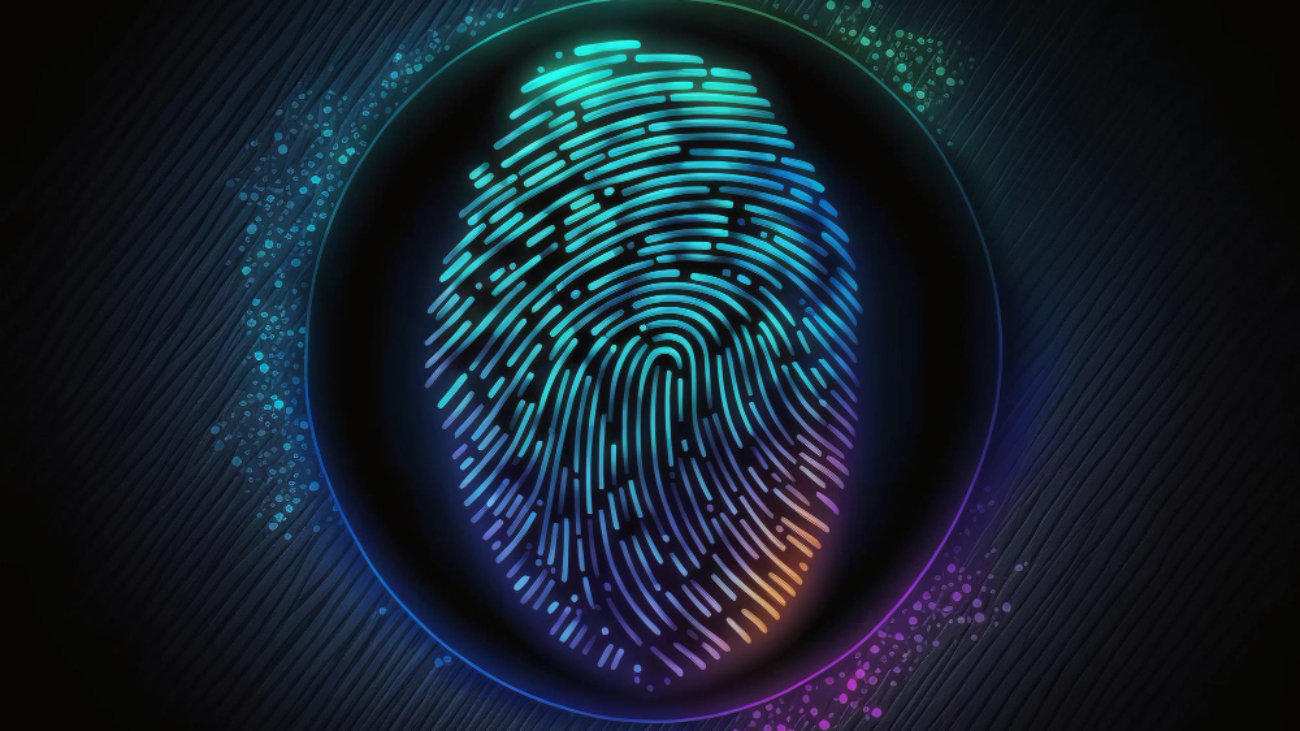As cyber threats continue to become more widespread and more sophisticated, organizations needs security solutions that go beyond fixed, rule-based defences stated Bahaa Abdul Hadi. Real-time threat detection with dynamic risk scoring is emerging as a game-changer, enabling security teams to rapidly discover, assess, and respond to threats with immediacy and accuracy.
What is Real-Time Threat Detection with Risk Scoring?
Real-time threat detection is a continuous monitoring process that examines network traffic, user activities, endpoint behavior, and system logs as they happen. The goal is to detect malicious activities immediately, reducing the window of opportunity for attackers.
Risk scoring complements this by assigning a numerical value to each event or activity, reflecting its potential threat level. This score is calculated by analyzing multiple factors, such as user behavior, access patterns, device health, and environmental context. The higher the score, the greater the likelihood that an event poses a serious risk.
This combination creates a powerful tool that not only identifies suspicious activities but also helps prioritize responses based on severity, ensuring that security resources are focused where they are needed most.
How Risk Scoring Enhances Threat Detection
Risk scoring adds a much-needed layer of context and prioritization to threat detection systems:
- Prioritization of Alerts: Security teams are often overwhelmed by the volume of alerts generated by traditional systems. Risk scoring filters and ranks these alerts, enabling analysts to address the most critical threats first.
- Contextual Analysis: Instead of treating all alerts equally, risk scoring takes into account user roles, device trustworthiness, login patterns, and other environmental factors to evaluate the real risk posed by an event.
The Role of Behavioral Analytics in Risk Scoring
Behavioral analytics is at the heart of effective risk scoring. It establishes a baseline of normal user behavior by analyzing patterns such as typing speed, device usage, typical access times, and location consistency. Once these patterns are understood, deviations can be quickly flagged.
For example, if an employee who normally logs in from the office during business hours suddenly accesses sensitive systems from a foreign country at an unusual time, behavioral analytics raises the risk score, prompting further investigation or automatic security controls.
This continuous, behavior-based evaluation helps detect subtle threats like insider misuse, credential compromise, and advanced persistent threats that traditional defenses often miss.
Predictive Security: The Future of Risk Scoring
The evolution of real-time threat detection is moving towards predictive security — not just reacting to threats, but anticipating them before they cause harm. Predictive risk scoring analyzes historical data, user trends, and contextual signals to forecast potential security incidents.
For instance, gradual changes in user behavior over time might indicate an account slowly being taken over by an attacker. Predictive analytics can spot these early warning signs, enabling preemptive action such as additional authentication challenges or access restrictions.
This forward-looking capability helps organizations stay one step ahead of cybercriminals by transforming security from reactive defense into proactive risk management.
Integration with Automated Response and Orchestration
Another significant advancement is integrating risk scoring with automated security response systems. When the risk score crosses a certain threshold, automated workflows can trigger immediate actions such as:
- Quarantining devices
- Locking user accounts
- Initiating multi-factor authentication challenges
- Alerting security teams for further analysis
This integration reduces the time between threat detection and containment, limiting damage and preventing lateral movement within networks.
Conclusion
Real-time threat detection with risk scoring is changing the way organizations defend their digital environments. Through constant activity monitoring, behaviour analysis, and risk assessment, this represents actionable intelligence that improves decision-making and speeds incident response. Thank you for your interest in Bahaa Abdul Hadi blogs. For more information, please visit www.bahaaabdulhadi.com.







